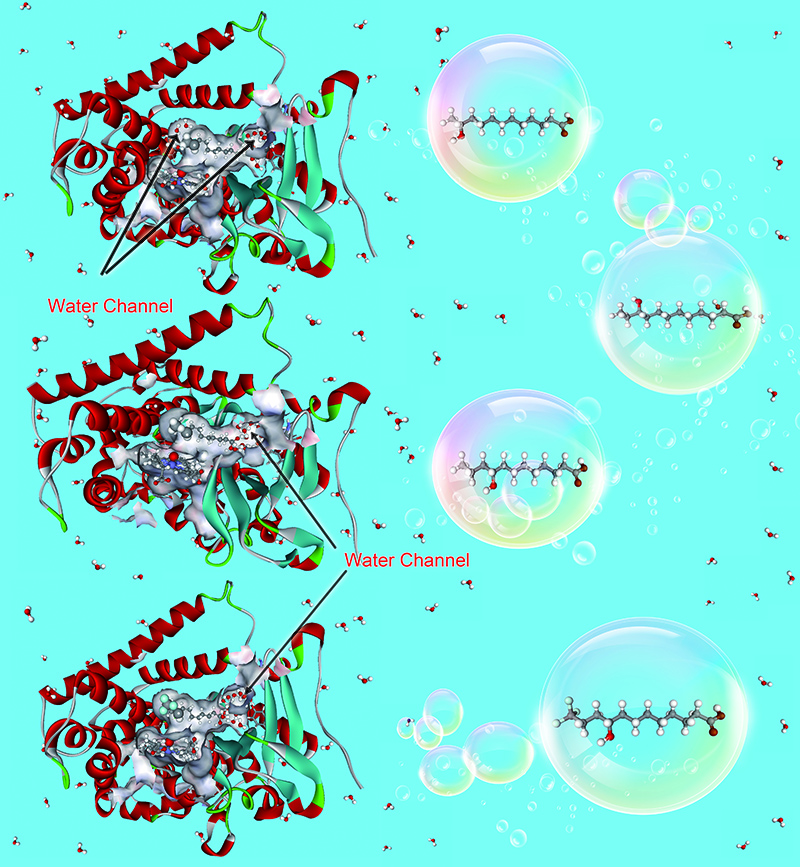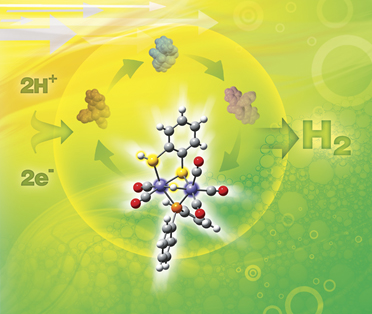Research Topic
Sustainable Materials:
- Develop optoelectronic materials and their applications related to sustainable energy
Optoelectronic materials aiming for energy saving or energy conversion is one of primary goals of the SCST program in TIGP. Materials suitable for white organic light-emitting diodes (WOLEDs) in lighting application is one way to achieve energy saving compared with traditional lighting method. For effectively utilizing solar energy, organic material-based solar cells including organic photovoltaic (OPV) and dye sensitized solar cell (DSSC), and perovskite solar cell (PSC) are alternatives in the conversion of photoenergy to electrical energy. Moelcular electronics, such as organic transistor/memory devices, requiring judicious design suitable organic semiconductive materials for manipulating electrical current and saving energy.
- Construction of supramolecular materials for recognition, self-assembly, and identification of chemical species
Self-assembly of nanometer-scale inorganic materials having metal organic framework (MOF) is one typical approach of preparing supramolecular materials to serve the purpose. Design, synthesize, and identify organic gelating materials or assembly nanomaterials are the other approaches. The corresponding ratiometric or fluorescent recognition of chemical species is a analytical sensing method for protecting environment, a practical realization of green chemistry.

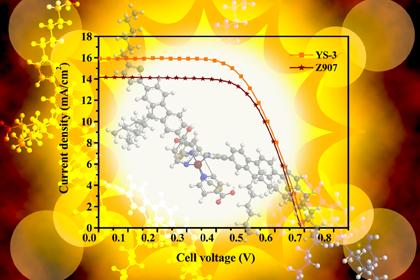

Sustainable Life Science:
- New drug development related to human diseases
Within the research scope, the four specific aims are as follows: (1) Drug discovery in antimetastatic and antiproliferative agents; (2) New therapeutic strategies against different neurodegenerative disorders, ALS and FTLD; (3) Specific materials for drug delivery; (4) Total synthesis of natural products for drug development in diabetes and neurodegenerative disease.
- Understanding of disease mechanisms
The attractive areas include: (1) The role of membrane proteome, phosphoproteome, and nitrosylproteome associated with disease; (2) Mechanistic study and development of inhibitors for HIV-1 and influenza infections; (3) Study of interactions between glycoconjugates and envelop proteins of viruses; (4) Elucidation of NO sensing for redox regulation by transcriptional factors in E. coli.
- Study in cell structure and function
The scientific goals for this specific aim are to (1) Investigate the structure and function of RNA polymerases and DNA repair enzymes; (2) Study protein folding and bioenergetics; (3) Elucidate protein self-assembly formation and structural/functional relationship between vaccinia viral proteins and glycosaminoglycan; (4) Establish artificial enzymes (metalloproteins) with the catalytic power; (5) Tune the prominent regio- and stereo-selective hydroxylation of cytochrome P450 BM-3 variants.
- Development of biosensors
The research fields cover several strategic directions in (1) Synthesis of many types of fluorescent biosensors and development of new calibration methods and fluorescence-reporting biosensors; (2) Surface functionalized nanoprobe-based affinity mass spectrometry for multiplexed quantitation of disease-associated protein markers.
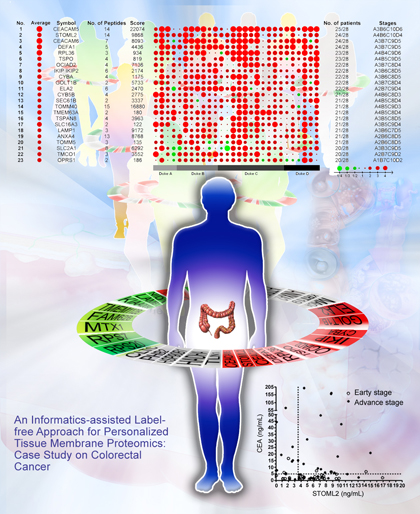
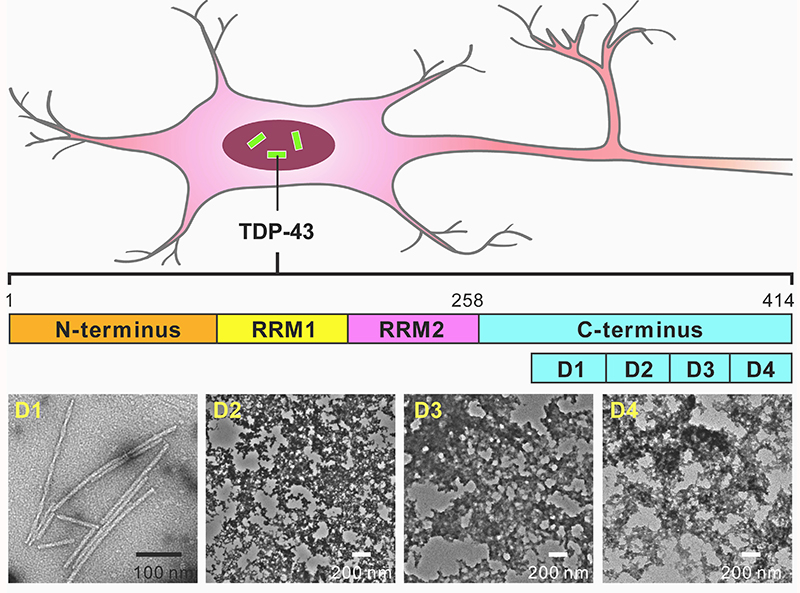
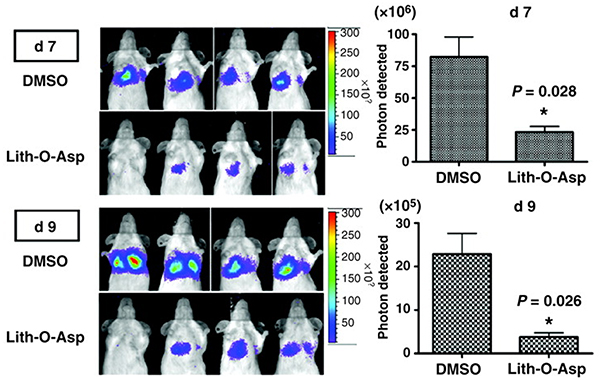
Sustainable Catalyst & Synthesis:
- Green technology of organic synthesis
We aim to develop green synthetic technology for the synthesis of nature products, therapeutic drugs, and chemicals for material science. The development of highly efficient and enantioselective catalysts for organic synthesis will be our focus. Homogeneous and heterogeneous catalysts which can catalyze C-C, C-N, C-O, or C-S bond formation will be studied. Synthetic methodology using environmental-friend solvents as well as reagents, such as water, supercritical fluid, or ionic liquid, and the adopting of new microfluidic technology in synthesis will be explored.
- Energy related catalysis
In specific, development of catalysts for water splitting, CO2 activation, and hydrogen generation will be directed along with other small molecular activations. The catalysts will be incorporated into a sustainable energy driven fuel device. The C-H bond activation and oxygenation catalysts which can convert methane or hydrocarbons to alcohols will be advanced for the production of liquid fuel or incorporation with fuel cells. Biomass technology using native or mutated enzymes for the generation of renewable fuels will also be the major themes.
- Technology for environmental monitoring and therapy
The sensing probes to detect heavy metals and a variety of toxins will be developed which will be further converted into prototype devices to quantify environmental toxins. Nano-technology and nano-porous materials will be introduced to trap and encapsulate inorganic toxins for environmental remedies. Bacterial and enzyme-based degradation of organic toxins will be studied from fundamental and applied chemistry aspects.
